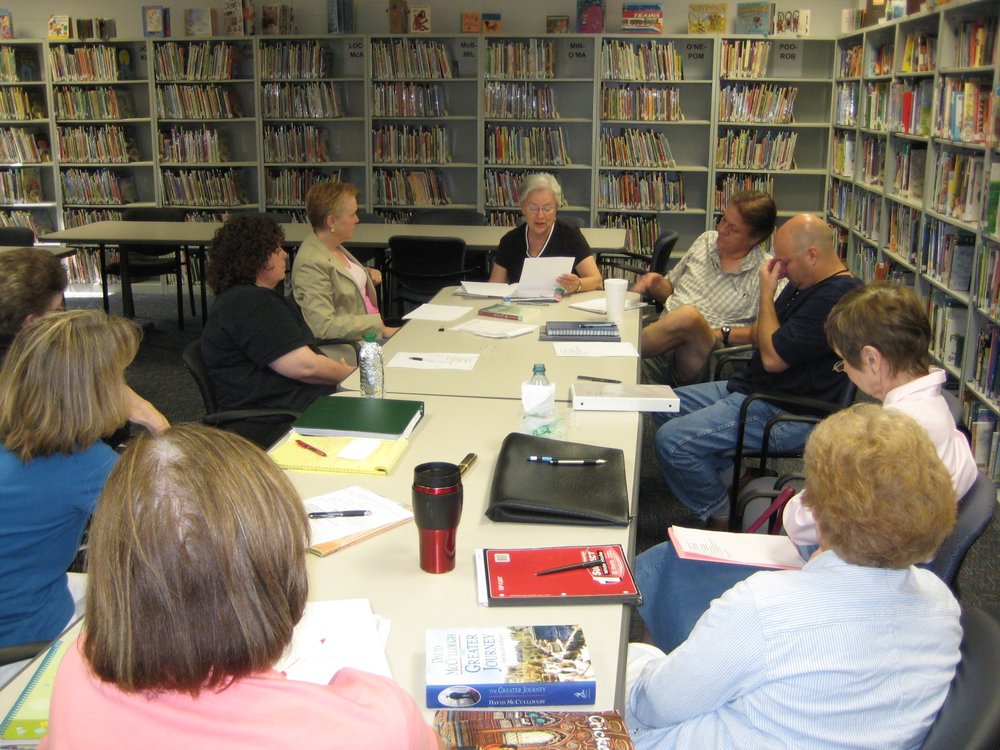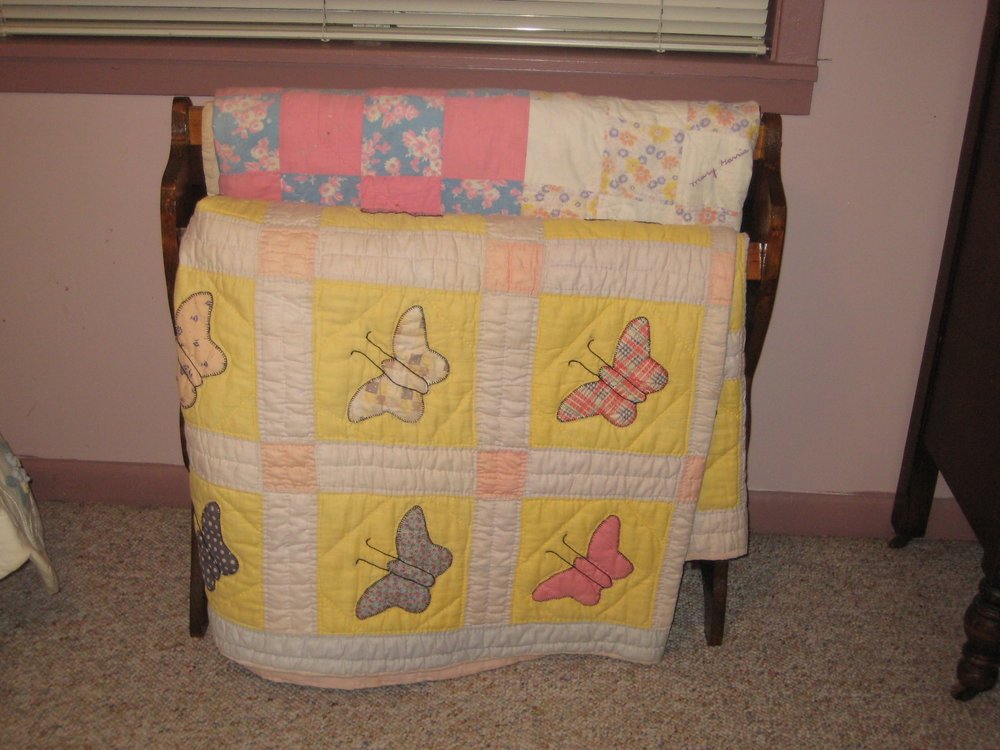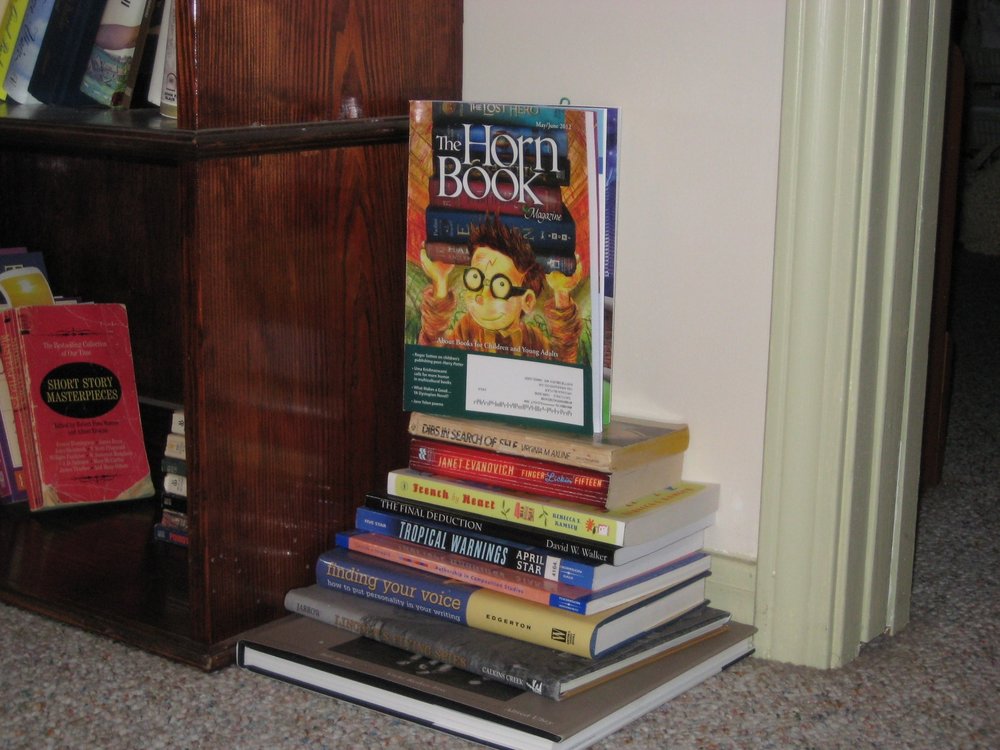
Al had arranged the netting and two-by-fours to keep out the varmints that stole my strawberries. The snake trapped himself [or herself] in the netting and couldn’t get out. We didn’t check cause of death, but Al had to cut the netting to remove the snake for picture opportunities. He arranged and held the snake up on the pole, and I shot the pictures. I knew the snake was dead and still could not bring myself to get too close – and certainly not to touch. However, I seized the opportunity for a blog, recalling a favorite Shakespeare quote from As You Like It.
Sweet are the uses of adversity,
Which like the toad, ugly and venomous,
Wears yet a precious jewel in his head;
And this our life, exempt from public haunt,
Finds tongues in trees, books in the running brooks,
Sermons in stones, and good in everything.
Change the toad to a snake, and you can probably guess where I’m going with this. Writers find metaphors in everything. My irrational fear of a snake – a dead one at that – took me to thinking about fear that handicaps life.
Fear of public speaking, often listed as the number one fear, is one of those irrational fears. Put into logical terms, what is the worst that can happen? We’ve pretty much passed the stage of society where rotten tomatoes assail the speaker. Someone might yawn or go to sleep. Once in a while, someone may get up and walk out, but even then they usually do it quietly. The only permanent scars from public speaking are to the ego, yet the fear is very real.
Before I badmouth it altogether, let me say fear sometimes serves a useful purpose – if a hurricane is coming, if one is in rush hour traffic, or if a snake is poisonous and alive. There are times when healthy fear keeps us alert and safe.
Other fears – of unexpected twists in life, of travel to different cultures, of assuming a new job, of sending out a manuscript – foreshadow not only things that can go wrong but opportunities not to be missed. Giving in to them doesn’t make any more sense than fear of a dead snake. Conquering fear can lead to rewarding communication with an audience, an exciting journey, or perhaps acceptance and publication of that manuscript. Now if I can just remember, when fear raises its ugly head, to check whether a hurricane is coming or if I’m just facing another dead snake.































